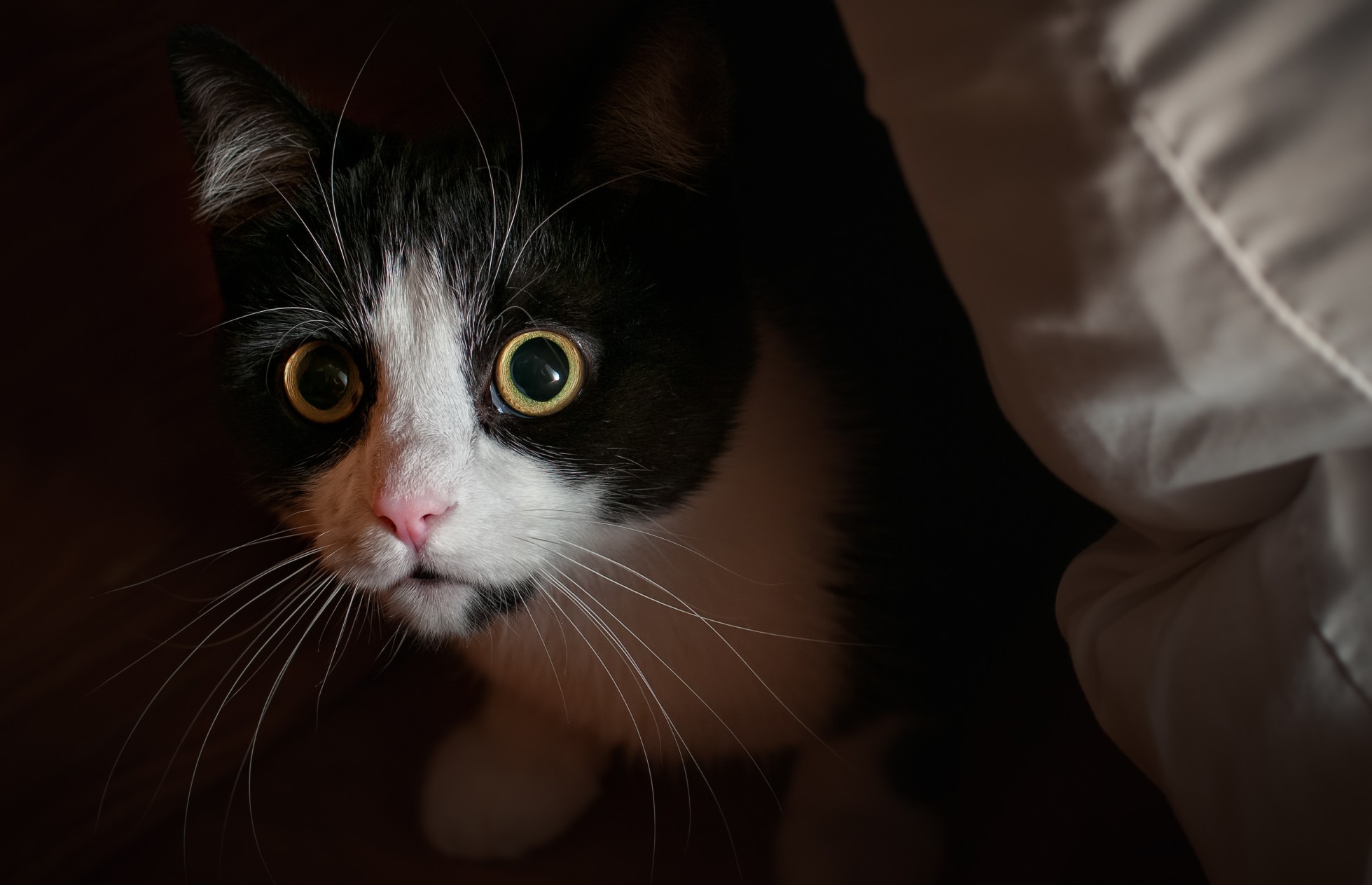Cats can easily become anxious. They worry when you entertain visitors with whom they are unfamiliar. They become anxious when changes in their routine take place or when they are moved to a new location. They often show their anxiety by hiding or pacing.
Now a new calming medication is available for cats. Called Calming Care, it is a probiotic brand already approved by veterinarians for dogs. It contains beneficial bacteria that help pets cope with change. It also aids in the promotion of positive behavior such as seeking out social contact and playing.
Although anxiety in cats is relatively common, many people fail to recognize it and accept it as regular cat behavior. A recent survey by Purina, the makers of
Calming Care, found that about eight in every 10 cat owners said their cat regularly showed one or more types of anxious behavior. Two in every 10 believed, however, that these actions were “just the way my cat is.”
Anxious behavior includes withdrawing, hiding, showing aggression, pacing, displaying compulsive behavior, vocalizing excessively, or following members of the family around the house.
Among the stressors are being confined to a cat carrier, undergoing a change in environment, and being either bored or over-stimulated.
Recognizing anxiety can be hard
Identifying anxious behavior in cats can be difficult for pet owners, says Dr. Ragen McGowan, an animal behavior expert at Purina. They often attribute the behavior to being part of the personality of their cat or that it is just their mentality, she adds.
If you notice that your cat is acting unusually or if you are concerned about what appears to be typical behavior by your cat, it is important that you discuss it with your veterinarian to make sure the behavior is not the result of underlying health conditions, McGowan explains. Your veterinarian can undertake a correct assessment and advise you on whether Calming Care is a good choice for your cat.
Pet owners are reminded that it can take up to six weeks to begin to see results. It is important, therefore, to include the supplement in your cat’s daily feeding routine.
Other ways to keep your cat calm
Calming Care is only one method to address anxious behavior in cats, McGowan notes. Here are other ways she recommends you follow to keep your cat calm and comfortable:
• Set aside time for activity.
You should ensure your cat is obtaining physical as well as mental exercise. You can do so by setting aside time to play with your cat using a cat ball, a wand, or other interactive toy that keeps your cat attentive.
Those owners who are out of their home during the workday might consider providing them with a toy or puzzle toy that is interactive so that they are entertained while you are away.
• Identify possible causes of anxiety.
Cats are particular animals who are in tune with even small alterations to their environment. If you rearrange furniture, change your cat’s litter, alter its diet or even change the place where water bowls are set out in your home your actions can have a strong effect on your cat’s behavior.
As a first step toward identifying the results of anxious behavior, you can think about any recent change you have made to your cat’s routine or environment. You might want to reverse any actions you took as a test to see whether doing so lessens any anxious behavior your cat might be displaying.
• Remain calm yourself.
Our pets can sense when we are stressed. They turn to us for reassurance. Showing them we are relaxed and calm therefore will help them to remain calm as well.






